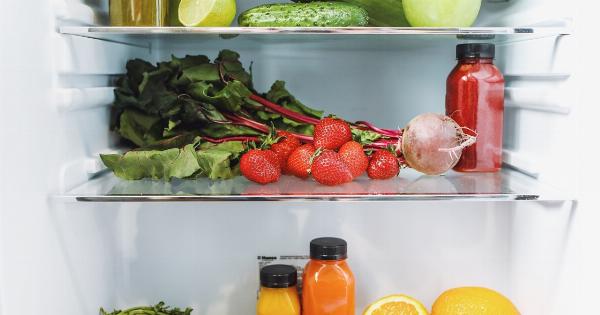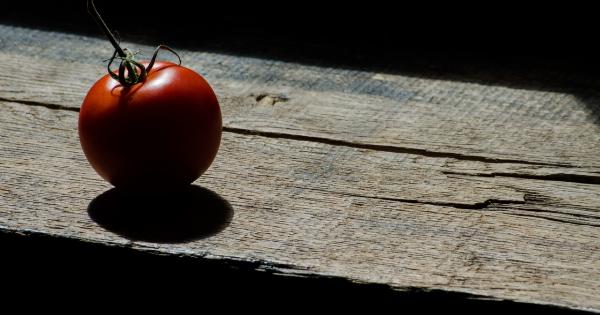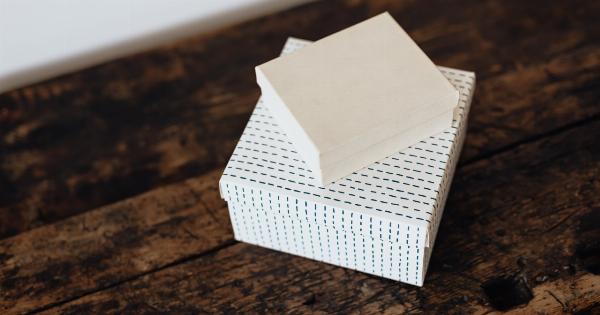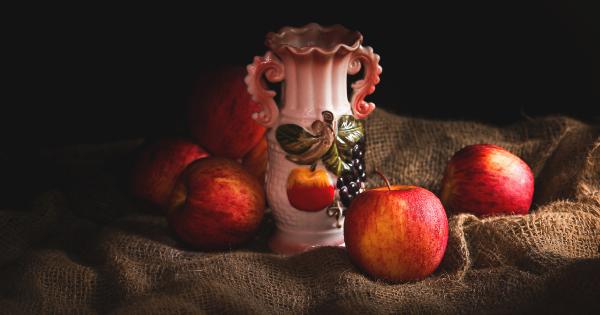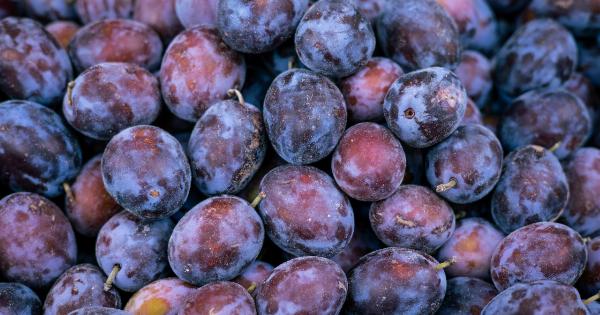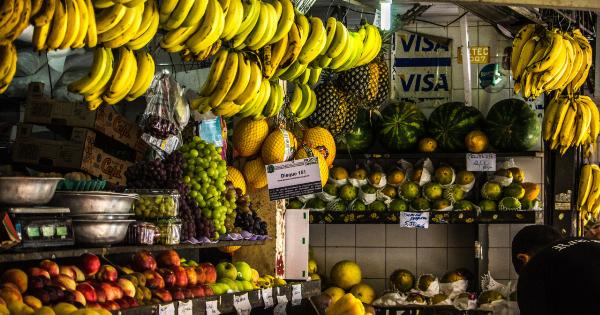Freezing food is a great way to extend its shelf life and reduce waste.
Most people are aware that fruits, vegetables, and meats can be frozen, but there are many other food items that can also be frozen and thawed later without compromising their taste or texture. In this article, we will explore seven surprising foods that you may not have known could be preserved in the freezer.
1. Bread
Did you know that bread can be frozen for later use? Whether it’s a baguette or sliced bread, freezing can help prevent it from going stale. Simply slice the bread, place it in a ziplock bag, and store it in the freezer.
When you’re ready to enjoy it, pop it in the toaster or oven for a few minutes to thaw and crisp it up.
2. Herbs
If you have an abundance of fresh herbs, don’t let them go to waste! Fresh herbs like basil, cilantro, and parsley can be frozen for later use. Chop the herbs into small pieces and place them in an ice cube tray filled with water or olive oil.
Once frozen, transfer the herb cubes to a ziplock bag. These herb cubes can be added directly to your recipes to bring fresh flavors even during the off-season.
3. Cheese
When you spot your favorite cheese on sale, don’t hesitate to stock up! Cheese can be successfully frozen and thawed without any major changes in taste or texture.
Hard and semi-hard cheeses, like cheddar or mozzarella, can be grated or shredded before freezing. Soft cheeses, like cream cheese or goat cheese, can be sliced or cubed. Wrap the cheese tightly in plastic wrap or store them in airtight containers before placing them in the freezer.
4. Eggs
Believe it or not, eggs can also be frozen. However, it’s essential to freeze eggs out of their shells since the shells may crack. To freeze whole eggs, crack them into a bowl and gently whisk them until the yolks and whites are well combined.
Pour the beaten eggs into ice cube trays or muffin tins, and once frozen, transfer them to a ziplock bag. Frozen eggs can be used for various recipes, from scrambled eggs to baking delights.
5. Nuts
Nuts are high in healthy fats and can go rancid if not stored properly. Freezing nuts can help preserve their freshness and extend their shelf life. Place the nuts in an airtight container or a ziplock bag before storing them in the freezer.
You can use the frozen nuts directly in recipes or let them thaw at room temperature for a crunchy snack.
6. Cooked Pasta
Have some leftover pasta from last night’s dinner? Instead of letting it go to waste, freeze it for another time. Cooked pasta can be frozen in individual portions or as a whole batch.
Simply let the pasta cool completely, toss it with a little oil to prevent sticking, and place it in a freezer-safe bag or container. Thaw the frozen pasta in the refrigerator or reheat it by placing it directly in boiling water or the microwave.
7. Avocados
Avocados are loved for their creamy texture and healthy fats, but sometimes they ripen faster than expected. To prevent them from going bad, freeze avocados when they are at their peak or slightly underripe.
Cut the avocado in half, remove the pit, and peel off the skin. Wrap each avocado half tightly in plastic wrap, and place them in a ziplock bag. Frozen avocados can be used in smoothies, dips, or mashed as a spread.
To Wrap Up
The freezer can be your best friend when it comes to reducing food waste and ensuring you always have a variety of ingredients on hand.
From bread and herbs to cheese and eggs, there are numerous surprising foods that can be frozen and thawed later without sacrificing taste or quality. Give these seven foods a try and discover the convenience and benefits of utilizing your freezer to its fullest potential.




